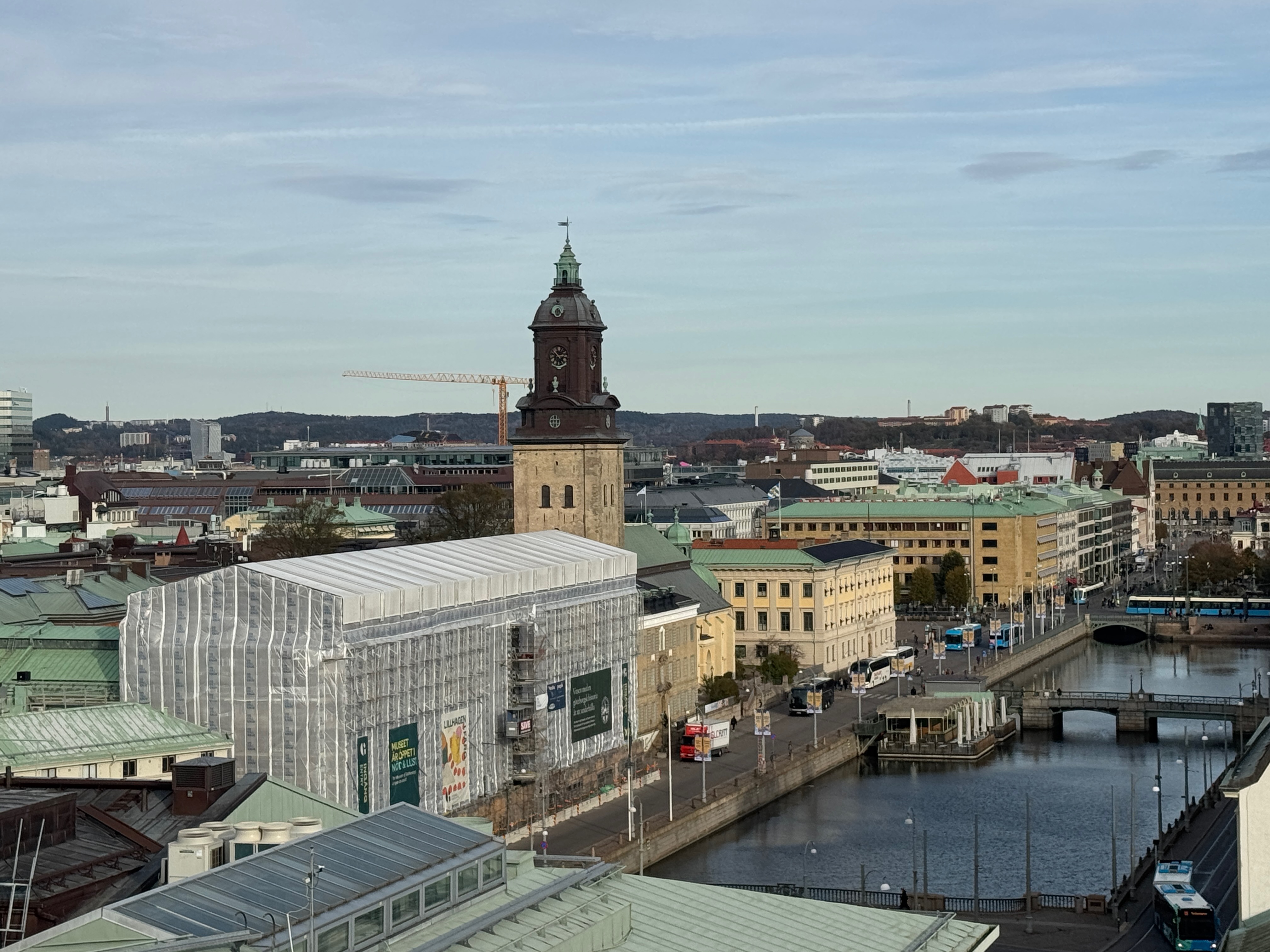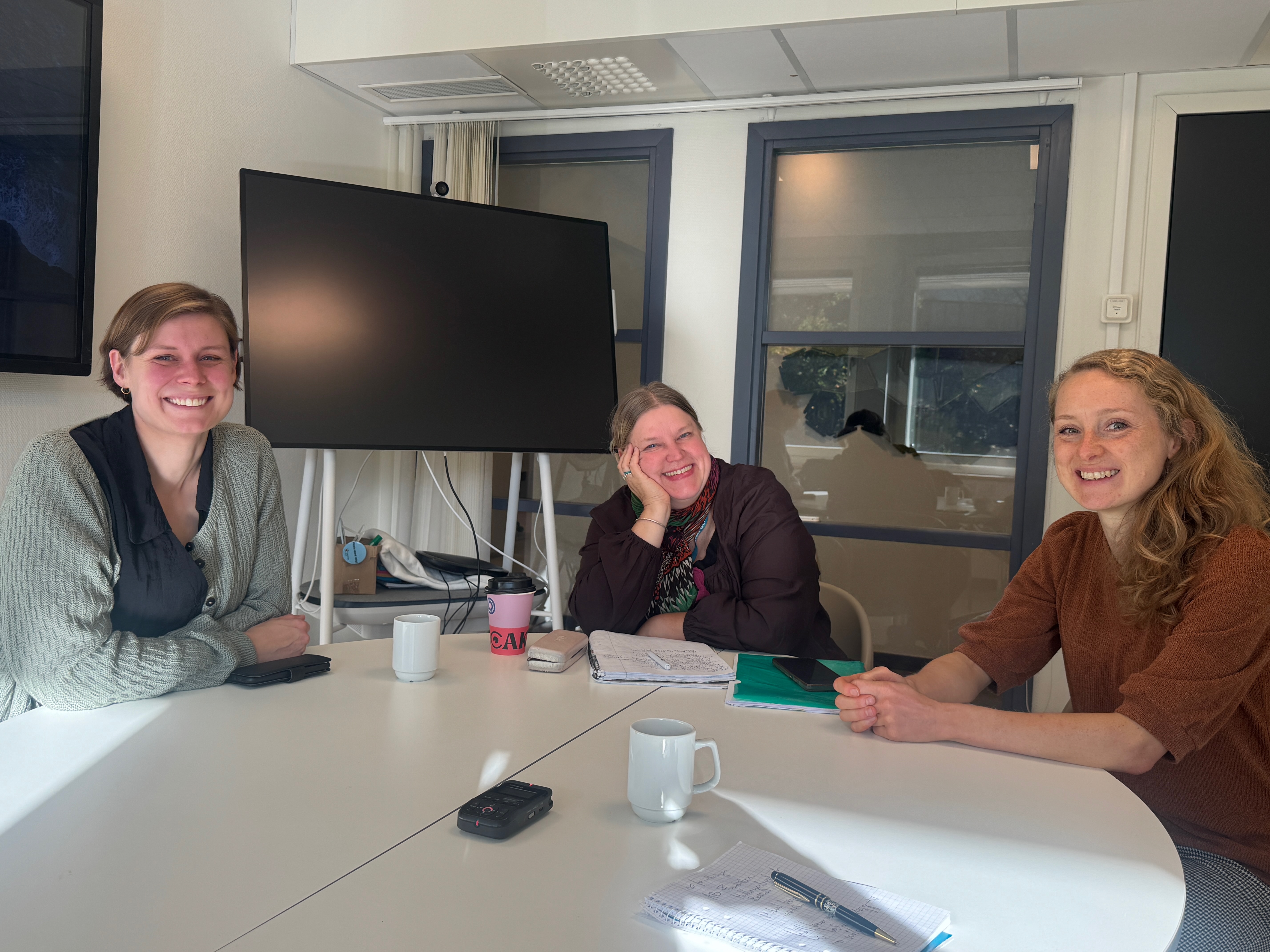The World's Biggest Local Democracy Unit, on the Swedish West Coast
This is the latest in a regular feature, “Where in the World Is Bruno Kaufmann?” Each piece offers the democracy reporter-and-supporter’s reflections from his global travels on behalf of Swiss Broadcasting, the Swiss Democracy Foundation, and the Global Forum on Modern Direct Democracy. Photos by Bruno Kaufmann
I was just back in Gothenburg, Sweden’s second biggest city. I know it well. I did my graduate research there. I lived there for five years. My children were born there.
And now, a very powerful and unusual approach to local democracy is being born.
For a long time, Gothenburg was about its harbor and industry, governed by the social democrats. Then, early in this century, it changed into a more service-oriented city, a modern city of universities. And they tried to make it more democratic by8 creating neighborhood councils—20 different local parliaments.
But that didn’t work. The neighborhood councils didn’t have enough funds. People got angry about having all these local politicians who couldn’t deliver.
The spark of change came 15 years ago, when the city wanted to introduce congestion charges—higher tolls for traffic coming into the city at busy time. Congestion charges had already been instituted in Stockholm, but the Swedish capital had had an extended pilot program to introduce the change gradually.
In Gothenburg, however, people objected to congestion charges and wanted to hold a referendum. But the Social Democratic party was running the game, and they killed the citizens’ vote on congestion pricing. (In september 2014, almost 57% voted no)
This created a crisis of trust, and then a push for democracy. Many new parties were formed, and entered government. Today, there are 7 parties in the local parliament.
In 2019, city leaders decided to make a big change. They would delete all the local councils.
The pandemic created more momentum and attention on what was going on in the city. There was a push to digitization of services. This was a big change. Ten years ago, you couldn’t even follow the local parliament on line.
As they eliminated the local councils, Gothenburg also introduced a democracy requirement, a paragraph in the local charter.
It said that all administrators in the city, all the staff, have to be educated in civic dialogue and democracy.
And to do that training, they created an office for democracy—with a staff of more than 200 people.
Now it must be said that the city of Gothenburg is the biggest employer in all of Sweden with 66,000 employees. Stockholm is twice as big in population, but has less staff because many services are privatized. In Gothenburg, all the services—health care, water, social services—are publicly owned.
Still, this democracy unit is remarkable. In all my travels around the world, I’ve never seen a local democracy office or agency with so many people.
I went back to Gothenburg to see how this unit was doing, as part of research I’m doing for a book for the Swedish Association of Local Authorities and Regions.
I was a little bit shocked to see the size of the unit in person. You can say that, in a way, it’s very bureaucratic. The people who are in the democracy unit are all the same people n the same offices as before. But there’s a lot of intentional, cultural change work, still in the making.
I learned that this democracy unit is not so outwardly focused. They are focused inward on the administration to educate the administration in democracy. They have introduced the principle that all units of the city need to be able to do their work in a deliberative way. This principle is still new—it only started in 2022.
They have built up this unit, this structure—and the city says it’s much more democratic than before when they had this decentralized model. Because all the units of the local government are gaining the knowledge and competency to do democracy.
A sea change is now arriving here on the Swedish west coast. The guy who leads the democracy unit told me: “Before, we just played around. Now the serious stuff begins.”
He thinks that now the expectations of the people of Gothenburg will grow and grow when they understand that they are in charge. Now, citizens are beginning to use and teset the citizens budgets, citizens proposals, and digital tools that Gothenburg’s investment in democracy has created.
This has also turned politics upside down. The issue of trust in Gothenburg is very atypical. Today, the most trust in the city and the government is among the young people, those under 30, and the people in the poor areas around the city. Those are the people who are most happy with how the city operates. The most established people, they still mistrust the city.
And there are pushbacks and the chance of reversal. Right now the city is governed by a center-left coalition, but the right wingers want to take away some of the democracy support for the people. They think the party should do that alone.
Gothenburg has developed rather quickly from an old-style, paternalistic government into a much more diverse, participatory place. It’s also a model. The leader of the Gothenburg democracy unit told me he had a meeting recently with a group in Brussels, and they couldn’t believe everything was happening. I recently invited Gothenburg to become a candidate to be the European Capital of Democracy.






